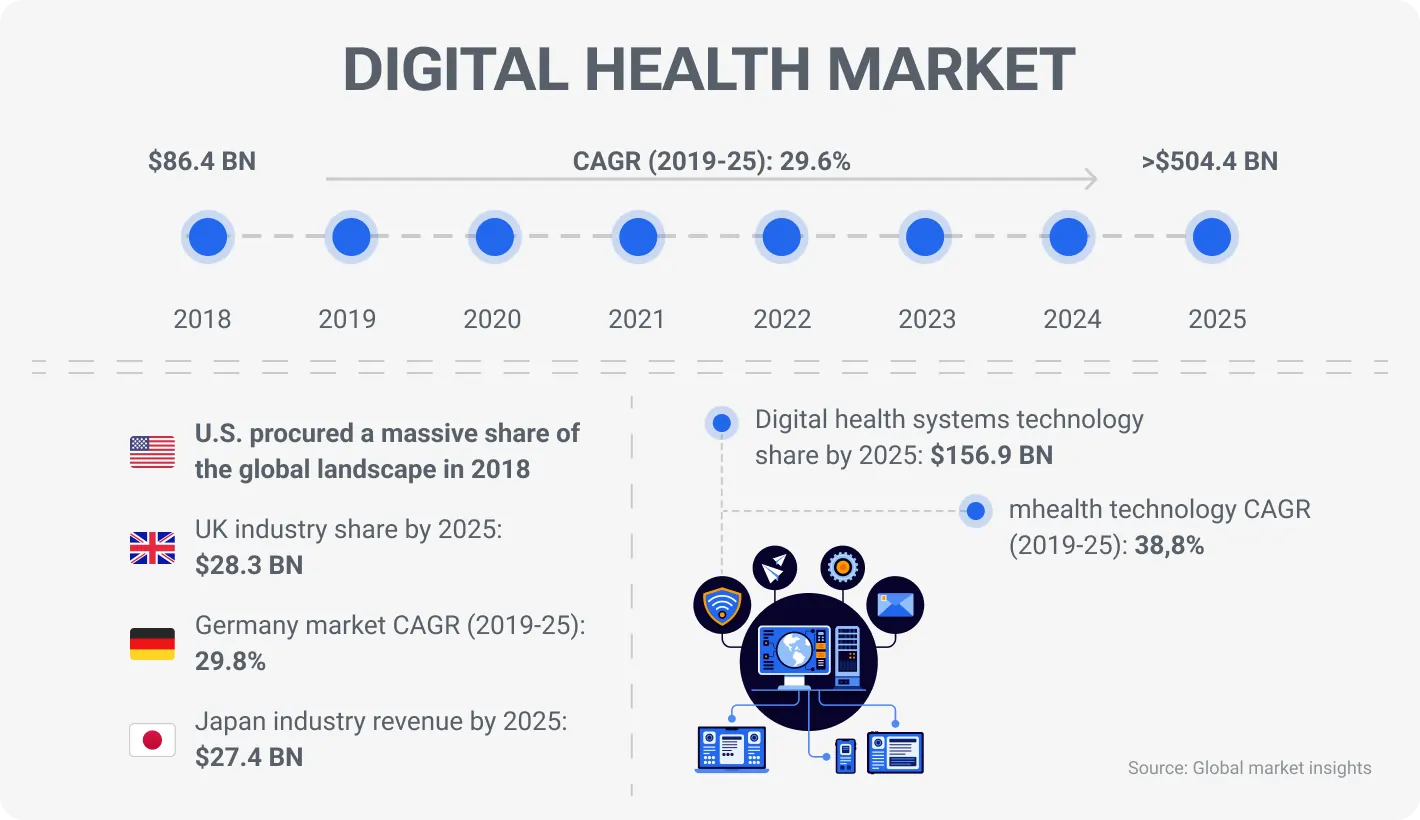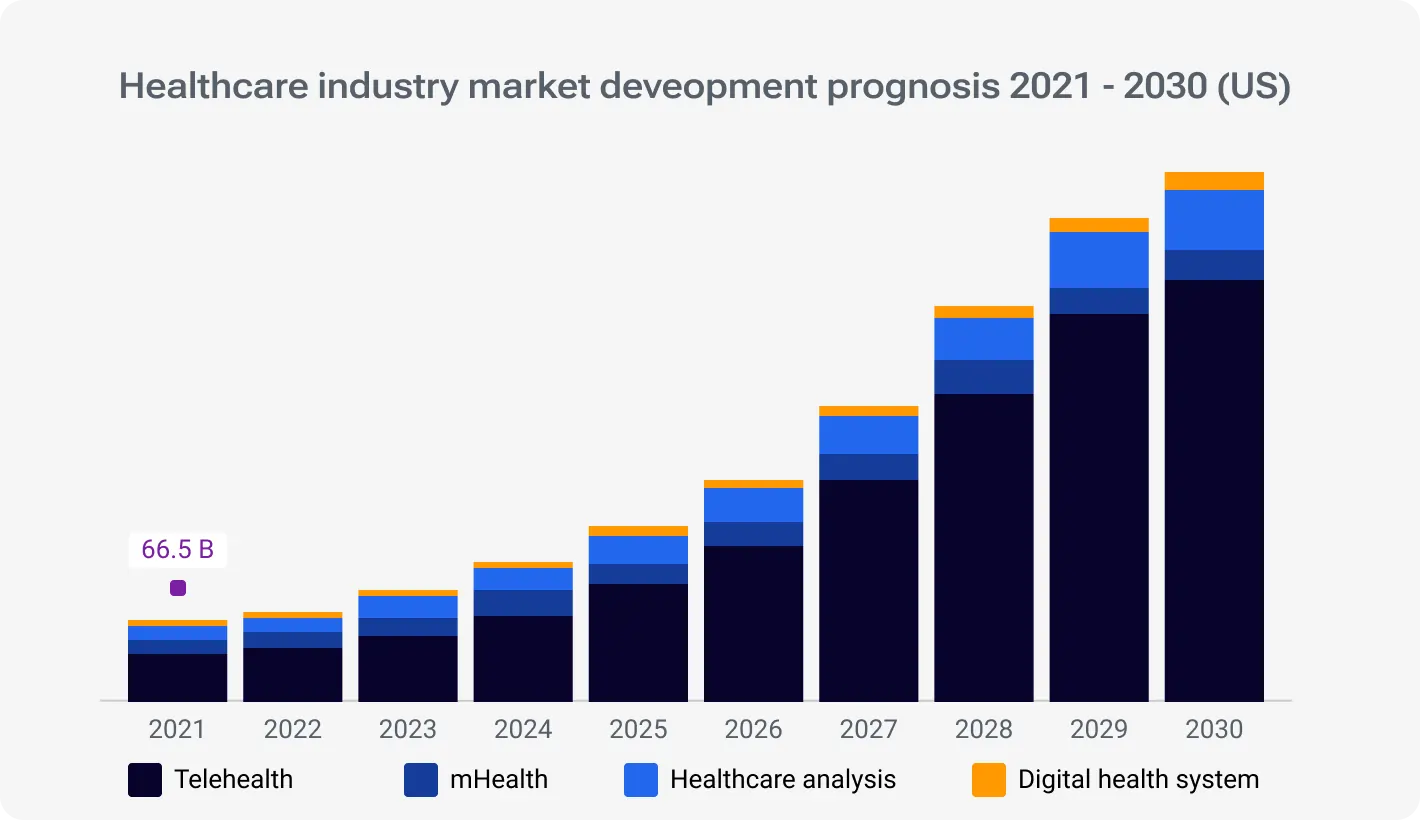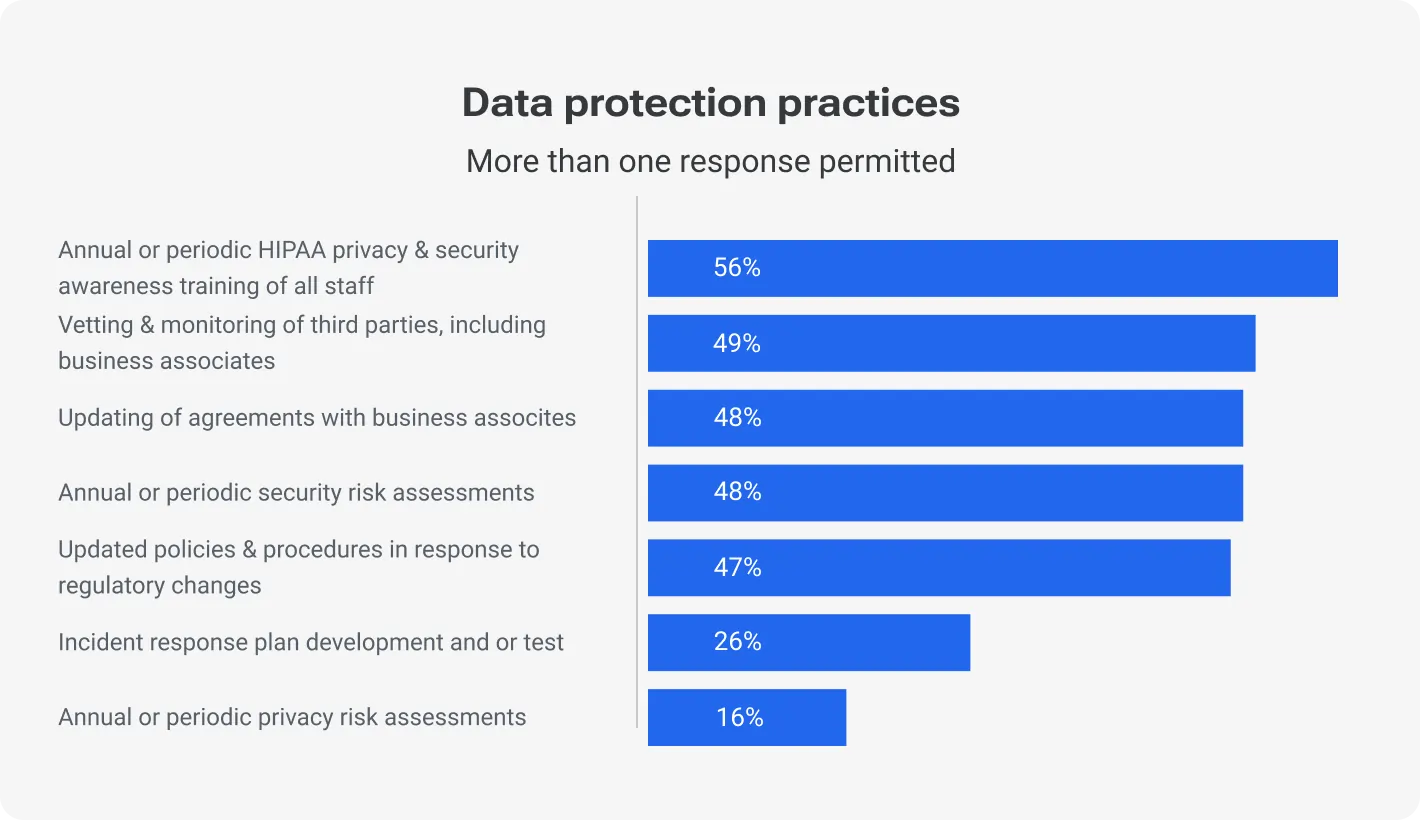Outsourcing to Czechia

How much does it cost to hire developers in Czechia?
Dec 2nd 25 - by Devico Team
Find out how much it costs to hire software developers in Czechia in 2025. Compare hourly rates, roles, and factors that impact pricing.
Hire
Hire by role
Hire Front-end developers
Hire Back-end developers
Hire Full-stack developers
Hire Android developers
Hire iOS developers
Hire Mobile developers
Hire AI engineers
Hire ML engineers
Hire Automation QA engineers
Hire Blockchain developers
Hire Data engineers
Hire Cloud engineers
Hire by skill
Hire JavaScript developers
Hire TypeScript developers
Hire Ruby on Rails developers
Hire React Native developers
Hire Flutter developers
Hire Golang developers
Hire React.js developers
Hire Python developers
Hire PHP developers
Hire .NET developers
Hire Java developers
Hire Laravel developers

Digital transformation
August 30, 2024 - by Devico Team
Summarize with:
Technology has permeated almost every part of our lives, as we enter 2025. Every day, we use gadgets and reap the benefits of technology in a variety of contexts, from entertainment to education. The healthcare industry is likewise undergoing a digital revolution.
Based on recent research conducted by Global Market Insights, Inc., the value of the global digital health market is projected to exceed USD 504.4 billion by 2025. One key aspect driving the global market expansion during the projection period is the increasing need for remote monitoring services caused by the increased rates of chronic illnesses globally. Patients with long-term conditions, such as COPD, may have their vitals tracked remotely, outside of traditional healthcare facilities, using technology to track any changes in their condition. All of these things will help the digital health industry expand.
The digital health business is expected to have significant development in the future years, thanks to the presence of supportive government programs and financing in several countries that encourage the use of digitalized systems. For example, the HITECH Act, which was passed and put into effect in the United States, will provide hospitals and physicians with USD 20 billion to help pay for the installation of electronic health records. This is likely to spur development in the industry in the years to come.
In this article we discover how technology is revolutionizing patient care, giving you more control and access to your well-being than ever before.

Grasping digital transformation in healthcare
One of the eleven industries used by the financial industry is healthcare, which is referred to as GICS (Global Industry Classification Standard) or S&P. Regularly, it ranks among the S&P 500 Index's three most heavily weighted sectors. This industry includes many types of companies that make and sell healthcare-related goods and services.
Problems specific to it include handling massive volumes of health data, improving patient outcomes in the face of rising healthcare expenses, and other similar issues. Furthermore, the industry has several stakeholders whose expectations it must meet, including patients, healthcare providers, and insurers, all while navigating complex regulatory landscapes.
There is a plethora of potential for digital change in this environment. Using digital technology may simplify processes, save expenses, and make patient data more accurate and easier to access. Particularly important in the post-pandemic era, they pave the way for more patient involvement via telemedicine services and individualized treatment plans. As a bonus, predictive analytics made possible by AI and ML have the ability to foresee patients' requirements and optimize their care routes, which can lead to new developments in diagnosis and treatment.
An outstanding example of artificial intelligence (AI) in the field of diagnostics is the Prodigy created by Google Health and DeepMind. It can surpass radiologists in the early detection of breast cancer. With an improvement over radiologists of over 11% and a model trained on thousands of mammograms, artificial intelligence is now a viable option for cancer treatment in the future. The model decreased false positives by almost 6% and false negatives by over 9%. Improved diagnostic speed and accuracy — for example, by forecasting preventable patient damage in acute kidney injury—are two ways in which algorithms help researchers study and fight various illnesses.
Therefore, a digital revolution is about to occur in the healthcare business, which has the potential to drastically alter the way services are provided and how operations are run.
There are some reasons why healthcare must undergo digital transformation:
Cost cutting: by automating routine tasks and improving resource management, it lowers operational and administrative expenditures.
Engagement of patients: telemedicine and patient portals provide greater communication between healthcare providers and patients, who are then better able to take an active role in their treatment, ultimately improving results. For example, during the first year of the crisis, telehealth visits surged from 840,000 in 2019 to 52.7 million in 2020, as reported in the 2022 Connectivity and Mobile Trends study by Deloitte. In addition, out of 2,005 patients in the US, 45% would want to keep utilizing telehealth even after the epidemic ends because of how convenient and flexible it is.
Population health management: in population health management, using advanced analytics and integrated systems allows for improved data-driven decision-making and coordinated treatment plans, enhancing health outcomes on a wide scale.
By improving healthcare's efficiency, engagement, and efficacy, digital transformation tackles critical issues.
If we want to improve patient experiences and outcomes via digital transformation, we must adopt a patient-centric strategy. Patients are prioritized in healthcare efforts via this approach, which aims to enhance their healthcare experience by creating digital tools and systems that fit their requirements.
The Economist Intelligence Unit looked into recent studies and examples and found evidence that interventions to improve patient experience also improve clinical outcomes, hospital efficiency, and patient loyalty. For example, one study found that an initiative to improve patient experience in one hospital resulted in a 4.7% reduction in employee turnover.
For healthcare data to flow freely across different platforms, interoperable technologies must be put in place. Healthcare providers may now access complete patient records and make educated choices because of this integration, which promotes coordinated care.
Ensuring the security of patient data and compliance with regulatory requirements are of utmost importance in the digital revolution of healthcare. Protecting patient privacy and preventing data breaches requires compliance with rules like HIPAA.
An essential part of bringing healthcare outside of hospitals and clinics is telehealth and other forms of remote monitoring. People in rural or underserved regions, in particular, may benefit from these innovations since they make services more accessible and make it possible for patients to get treatment whenever it is most convenient for them.
Before attempting a digital transformation, healthcare organizations need to have a defined plan. Only with a well-thought-out strategy can digital healthcare solutions propel substantial change. The graph below illustrates the steady increase in market size across all segments.

Here is a step-by-step guide to help you embrace the digital healthcare revolution.
A thorough evaluation of your company's current technology stack should precede the implementation of any new healthcare technology. To better understand the present solutions and applications, it is important to ask yourself and other stakeholders how they use them, why they use them, and where the solutions are failing.
Planning your next move is the next logical step after getting a feel for where you are right now. An expansive goal and measurable easily tracked Key Performance Indicators (KPIs) should be part of your digital strategy and plan. You may implement widespread change in your healthcare organization over time by dividing your digital transformation into manageable chunks.
One essential part of healthcare's digital transition is making patients feel more involved and improving their experience. Healthcare practitioners may improve consumers' health literacy and offer them more individualized treatment by using digital technologies. Some successful techniques to accomplish this goal are as follows:
Set up patient portals. These websites let patients see their medical history, make appointments, talk to their doctors, and keep track of their treatment plans, all from the comfort of their own homes. Patients gain agency via these portals because they allow them to manage their health records and communicate with healthcare providers in a more direct and personalized way.
Take use of mobile health apps. By giving patients easy access to health materials, prescription reminders, and lifestyle monitoring tools, mobile health apps may greatly improve patient engagement. With the use of these applications, telehealth services may also be provided, enabling remote health monitoring and virtual consultations.
Utilize data analytics to analyze patient information and provide personalized treatment. This allows you to give more individualized treatment. Examples of this include customized health alerts, predictive analytics for illness prevention, and patient-specific treatment regimens.
Education for health literacy. Online resources may help people learn more about their health issues, possible treatments, and ways to be healthy in the first place. This may be achieved via the use of instructional films, interactive tutorials, and the straightforward explanation of intricate medical terminology. For better healthcare decision-making, people need higher levels of health literacy.
Enhance communication with telehealth technologies. Telehealth enables patients and healthcare practitioners to communicate in real-time, which greatly improves communication. This has the dual benefit of increasing access to healthcare and improving continuity of treatment via improved provider follow-up, the latter of which may be particularly useful in the management of chronic diseases.
Systems for patient feedback. Set up channels for patients to share their thoughts and feelings about their care and the results they got. When used to better service delivery and patient care, this data may be priceless.
Making healthcare more patient-centric, accessible, and successful is possible via the integration of several digital methods, which allow healthcare companies to greatly increase patient involvement and experiences.
When it comes to digital solutions for optimizing clinical workflows and operations, automating mundane administrative chores like invoicing and scheduling is a great way to cut down on burdens and inefficiencies. Electronic health records (EHRs) should be used by healthcare institutions to consolidate patient data to improve collaboration and access across different departments.
For example, AI voice assistants for electronic health records allow doctors to access patient records in audio form or start care operations remotely. Timely insights particular to each patient are provided to healthcare practitioners via the integration of clinical decision support systems (CDSS). Digital technologies that quickly detect and fix inefficiencies allow for efficient resource management. Healthcare teams can work together more effectively when they can communicate via secure channels.
Effective process refinement and improvement of patient outcomes require continuous monitoring and adoption of digital instruments.
An essential part of your healthcare digital transformation is embracing and using technology.
You should also check whether the new tech solutions are compatible with the current systems to make sure everything goes well. Make sure everything is functioning as it should be by running the tests again and again.
Your next step, after verifying their interoperability, will be to educate your healthcare staff on how to use your new technological solutions. Important topics, such as healthcare cybersecurity, should be included in your training sessions. Highlight how the solutions will enhance their regular operations. As a result, more employees will be willing to take part in the assistance programs.
Keep your regular operations running as smoothly as possible while you're doing this. One way to make sure this happens is to follow your strategic strategy to the letter. You have the option to change your deadlines if, according to current knowledge, it is not feasible to achieve particular dates without significant interruption. The smooth adoption of technology is the primary objective. Your due dates should facilitate this.
Digital transformation must prioritize the security of patient data and the assurance of compliance with healthcare standards. The role of big data in digital transformation is crucial. Regular staff training is an important way for healthcare firms to be informed on regulatory compliance such as GDPR and HIPAA. Encryption and other secure access restrictions are critical components of sophisticated cybersecurity measures that must be put in place to safeguard patient information. Finding and fixing vulnerabilities quickly is made easier with regular audits. If you want to handle compliance concerns and data breaches quickly and minimize harm, you need a thorough incident response strategy.
A new study from the Ponemon Institute found that healthcare businesses may lower their risk of data breaches if they provide compliance training and audit their systems regularly. Their most recent healthcare compliance report goes into more depth on these numbers.
Here's a chart showing the most popular data protection practices.

If healthcare companies want to succeed in the digital era, they must cultivate a culture that values innovation and cooperation. To foster healthcare innovation, it is essential to promote a cooperative atmosphere that allows for the free exchange and evaluation of ideas and tactics. Not only does this method encourage innovation, but it also encourages a growth mindset and the ability to adjust to changing circumstances and technological developments.
If healthcare companies want to increase patient care and operational efficiency, they need to actively participate in creative practices. Only then can they create cutting-edge solutions. Nearly half of all hospitals in the United States are either already involved in or want to join a health information exchange (HIE), according to a McKinsey analysis. As a result of these advancements, stakeholders now have access to more types of data. For instance, all of Epic's customers' clinical data may be mined for benchmark information by users of Epic's products, which is an electronic medical record provider.
Let's look at the real-world applications and success stories of digital transformation in healthcare that we have implemented.
GazeHealth had difficulties in effectively handling and displaying intricate mental health data in order to enhance treatment results. In response, we built a bespoke Sankey Chart for real-time data visualization and used AI-powered tools to suggest the best course of therapy. These advancements made it possible to monitor treatment procedures in great detail and provide authorized users with secure, role-based access to the database.
This led GazeHealth to improve the efficacy of its healthcare platform, which is now a vital resource for mental health professionals. Enhancements to patient care, operational simplification, and provider and patient happiness bolstered GazeHealth's standing in the healthcare IT industry.
Founded in 2005, Arklign's technological platform simplified lab fabrication, logistics, and data operations, causing a revolution in the dental services business. To help dental offices and laboratories better handle restoration cases, the business created the Case Relationship Management Platform. Launched in 2016, this platform offered customers a safe, seamless experience that was completely compliant with HIPAA regulations. It included online and mobile apps (iOS and Android).
Improved operational efficiency and quality control were two outcomes for customers worldwide as a result of this novel method. Thanks in part to the platform's performance, Arklign was named to the 2018 Inc. 5000, solidifying its position as an industry leader and demonstrating the efficacy of its technology in enhancing the workflow for dental restorations.
Interconnectedness and reluctance to change characterize the healthcare industry. Consequently, there are a few obstacles to the fast digitization of healthcare:
Integration concern
Implementing digital solutions in a phased manner can help minimize disruptions to existing workflows and reduce the risk of integration issues.
Compatibility with older systems
Implementing standardized APIs can facilitate the integration of new digital health technologies with internal systems, reducing the need for custom development and minimizing compatibility issues.
Move patient records to the cloud
The straightforward process of data digitization raises several security risks and necessitates hospitals to establish separate infrastructure, which is inherently labor-intensive to maintain.
Cloud-based patient records: One potential solution is to move patient records to the cloud, which can improve data accessibility and reduce the need for complex infrastructure.
Security concern
Implementing robust data encryption and secure access controls can help mitigate data security risks associated with digitization, ensuring that patient records are protected.
With these digital initiatives, healthcare businesses may boost patient engagement and experience, making it more patient-centric, accessible, and successful.
It should be no surprise that digital health technology systems are an integral part of digitization, which aims to improve healthcare providers' efficiency and give patients a better overall experience. In addition to the obvious advantages, it's a rallying cry for a shift in mindset that necessitates the adoption of novel approaches to business and user-centric design.
Countless scalable solutions in the healthcare business have been produced by Devico, a major supplier of healthcare software development services, according to customer specifications. Using state-of-the-art technology and a skilled team of committed developers, we will propel your company to the pinnacle of healthcare digital strategy.
Outsourcing to Czechia

Dec 2nd 25 - by Devico Team
Find out how much it costs to hire software developers in Czechia in 2025. Compare hourly rates, roles, and factors that impact pricing.
Outsourcing to Czechia

Nov 25th 25 - by Devico Team
Compare Czechia and Poland for software outsourcing in 2025. Discover costs, talent, infrastructure, and which country fits your project best.
Outsourcing to Czechia

Nov 18th 25 - by Devico Team
A complete guide to outsourcing software projects to Czechia, learn about costs, talent, benefits, and how to build successful partnerships in 2025.